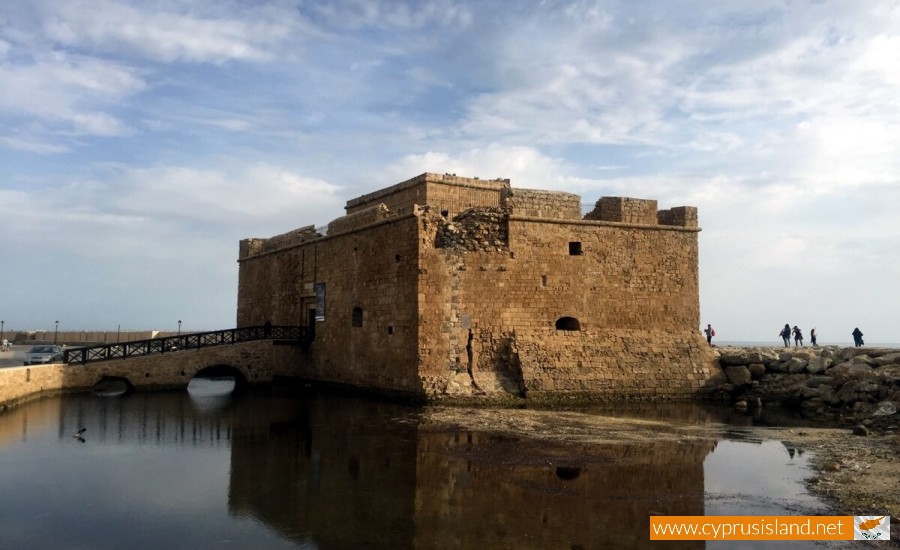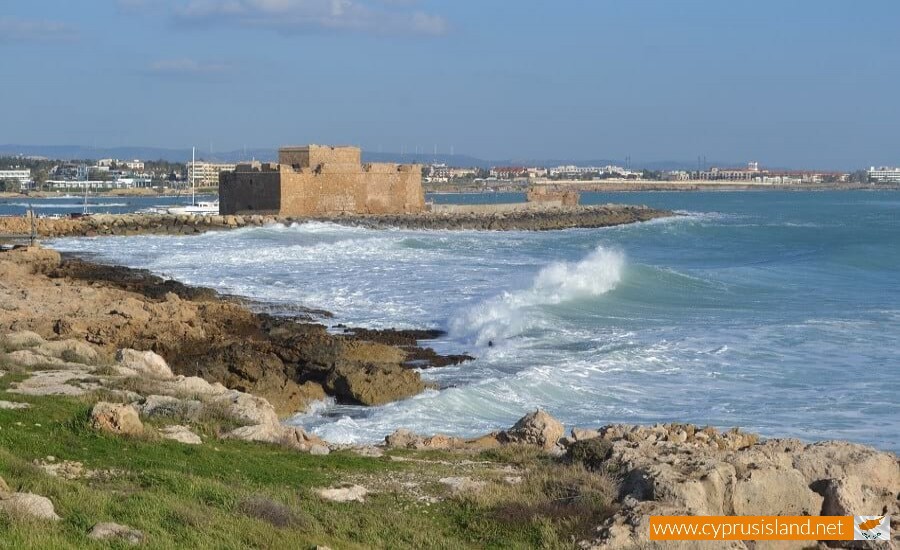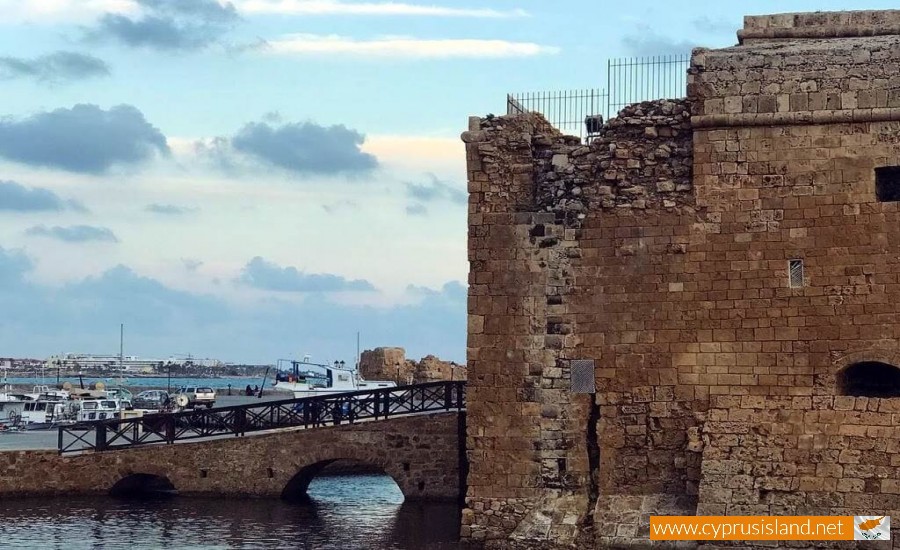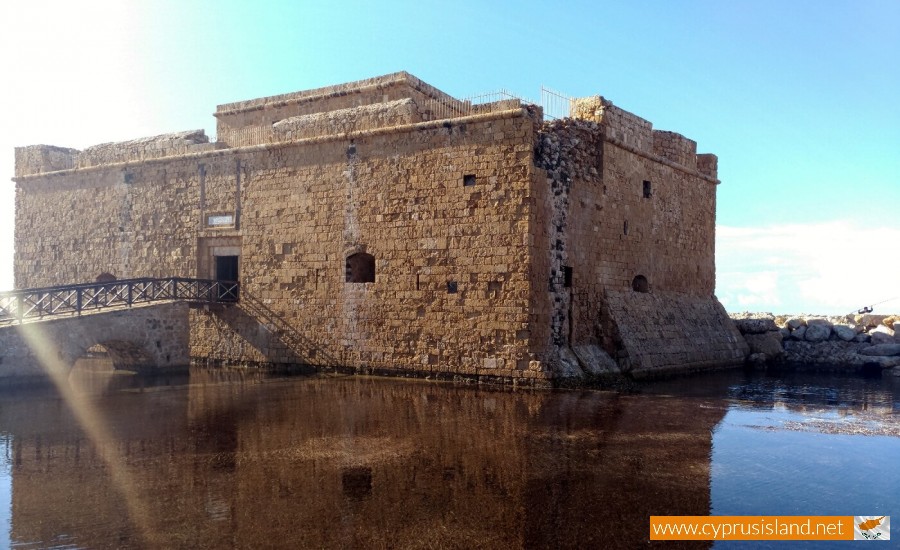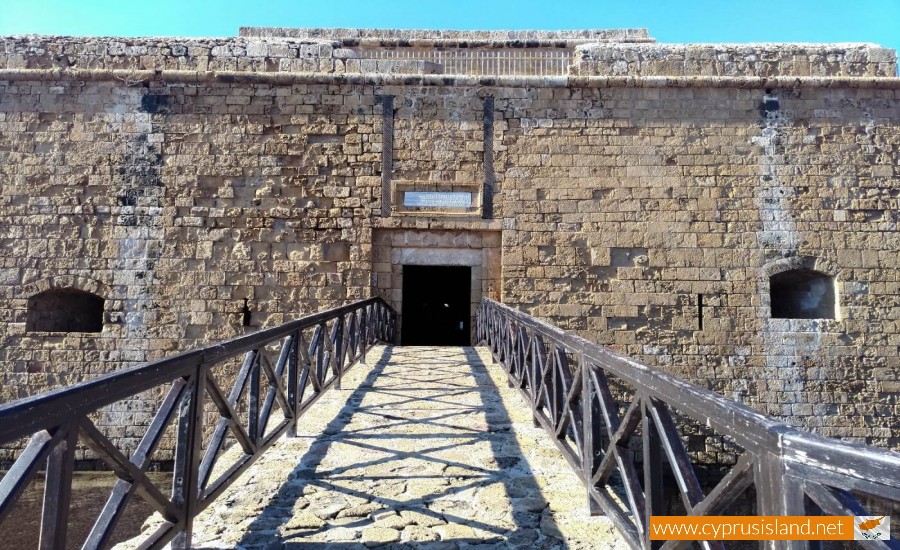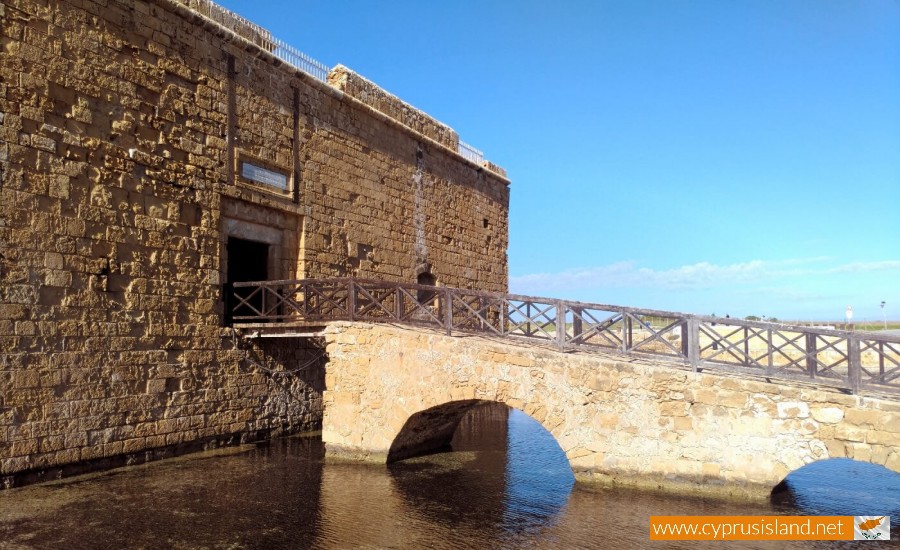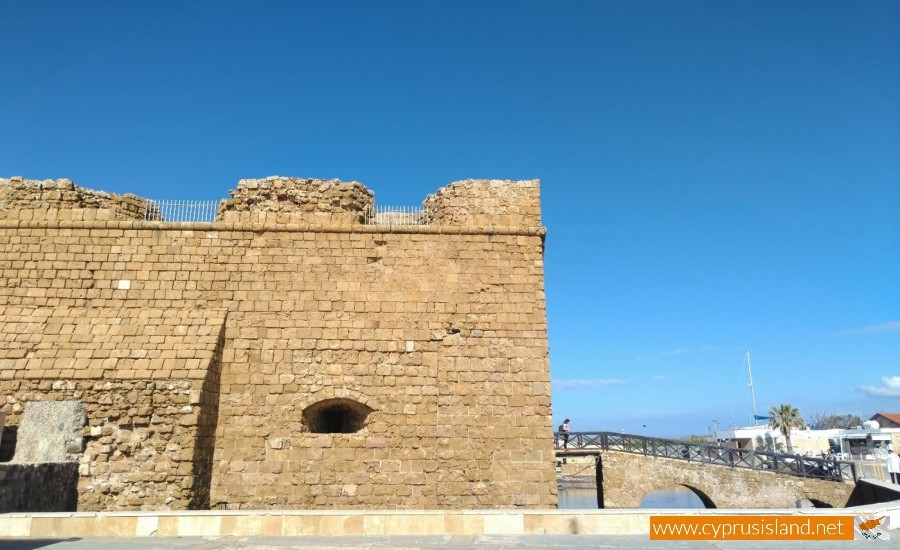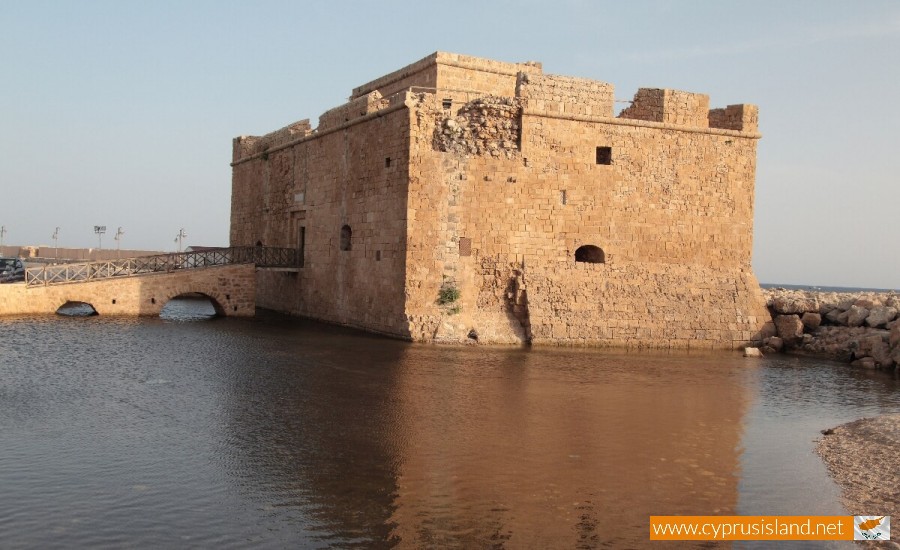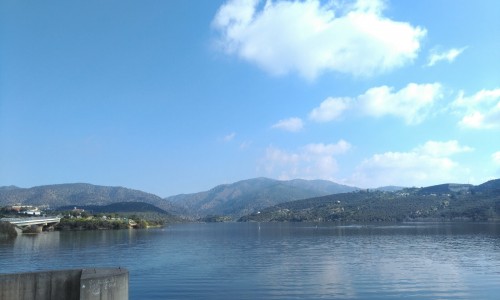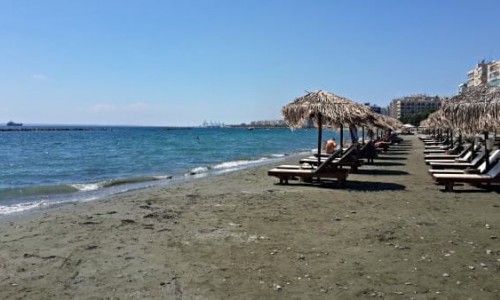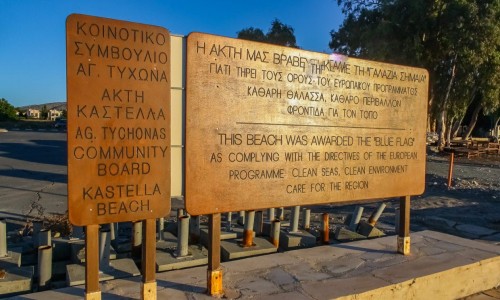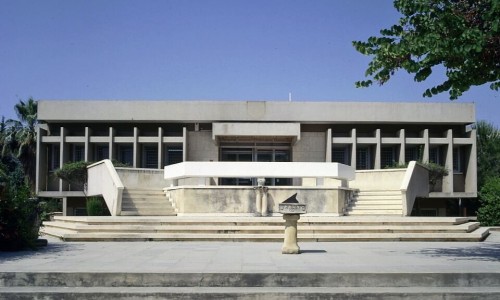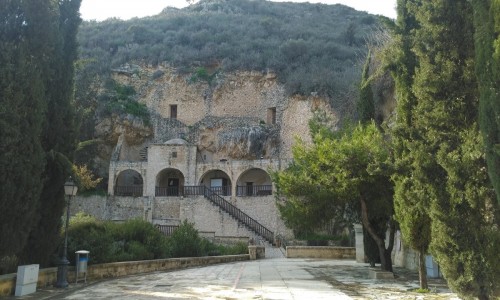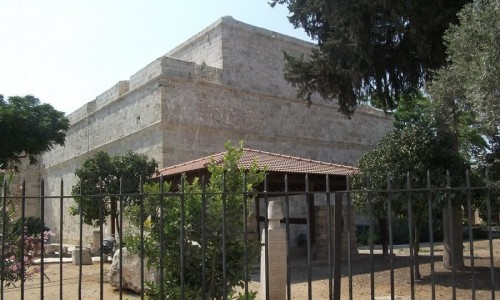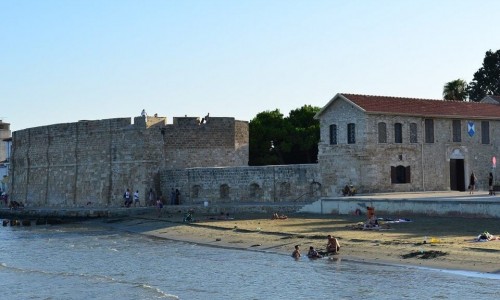Paphos Castle
Paphos Castle, also known as Paphos Harbour Castle, stands as a testament to Cyprus's rich and tumultuous history. Located at the western end of Paphos Harbour, this medieval fortress has witnessed the rise and fall of empires, serving various roles from a defensive stronghold to a cultural venue.
The castle's origins trace back to the Byzantine era when it was constructed to protect the harbor from potential invasions. However, a devastating earthquake in 1222 AD led to its destruction. In the mid-13th century, during the Frankish Lusignan rule, the castle was rebuilt, comprising two towers connected by a defensive wall to control the port's gateway and safeguard the city of Paphos.
The Genoese invasion in 1373 highlighted the castle's strategic importance, with the so-called "Genoese Towers" playing a crucial role in the city's defense. These towers suffered significant damage during the Mamluk attack in 1426 and were not rebuilt thereafter.
The Venetians, recognizing the castle's strategic value, made several additions. However, anticipating the Ottoman threat, they dismantled parts of the fortress in the 16th century to prevent its use by enemies.
Following the Ottoman conquest of Cyprus, the castle was rebuilt in 1592 by the Turkish governor of Cyprus, Ahmet Pasha. This reconstruction incorporated the remaining Frankish tower and Venetian additions, resulting in the structure that stands today.
Paphos Castle is characterized by its robust and functional design. The main structure is a large rectangular tower measuring approximately 40 by 20 meters, enclosing a central courtyard. The ground floor comprises a central hall flanked by smaller rooms on each side, which were used as prisons and barracks during Ottoman rule. The upper floor houses a small square tower with three large rooms that served as living quarters for the castle's guard. The roof features 12 ramparts designed to accommodate cannons, reflecting its defensive purpose.
Under Ottoman rule, the castle functioned as a military garrison and prison. With the arrival of the British in 1878, it ceased its military role and was repurposed as a salt depot until 1935, when it was declared an ancient monument under the Antiquities Act.
Despite suffering damage from the 1953 earthquake and the Turkish bombing in 1974, the castle has been restored and preserved. Today, it serves as a prominent cultural venue, hosting various events, including the annual Pafos Aphrodite Festival, an international opera event held in the square in front of the castle.
Paphos Castle is open to visitors year-round, with extended hours during the summer months. From April 16th to September 15th, it operates from 8:30 AM to 7:30 PM, and from September 16th to April 15th, from 8:30 AM to 5:00 PM. Admission is €2.50, with discounts available for organized groups.
The ground floor is accessible to wheelchair users, though the upper levels are not. Visitors can explore the castle's historical rooms, enjoy panoramic views of the harbor from the rooftop, and learn about its rich history through various exhibits.
Paphos Castle stands as a symbol of the city's enduring legacy, reflecting the diverse cultural and historical influences that have shaped Cyprus over the centuries. Its transformation from a Byzantine fort to a modern cultural venue underscores its resilience and significance. Whether you're a history enthusiast or a casual traveler, a visit to Paphos Castle offers a captivating journey through time.
Location: Harbour, Kato Paphos
Additional Information
- Tel: +357 26306217
- Open daily: Winter hours (1st November- 31st March): 08.00-17.00
- Open daily: Spring hours (1st April - 31st May): 08.00-18.00
- Open daily: Summer hours (1st June - 31st August): 08.00-19.30
- Open daily: Autumn hours (1st September - 31st October): 08.00 - 18.00
- Entrance: € 2.50


